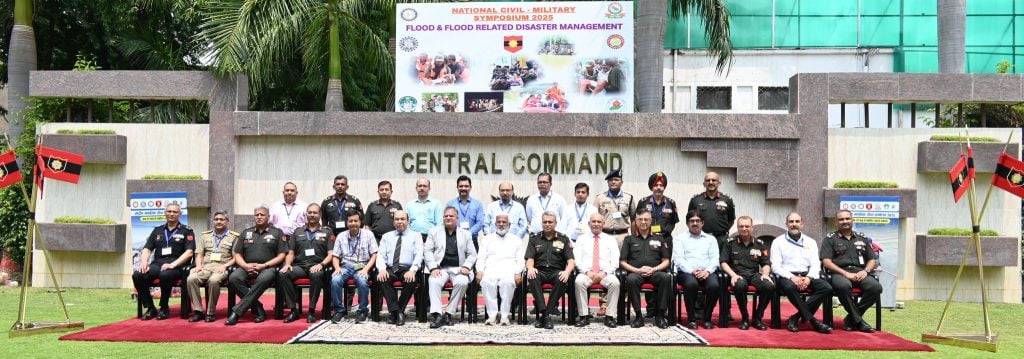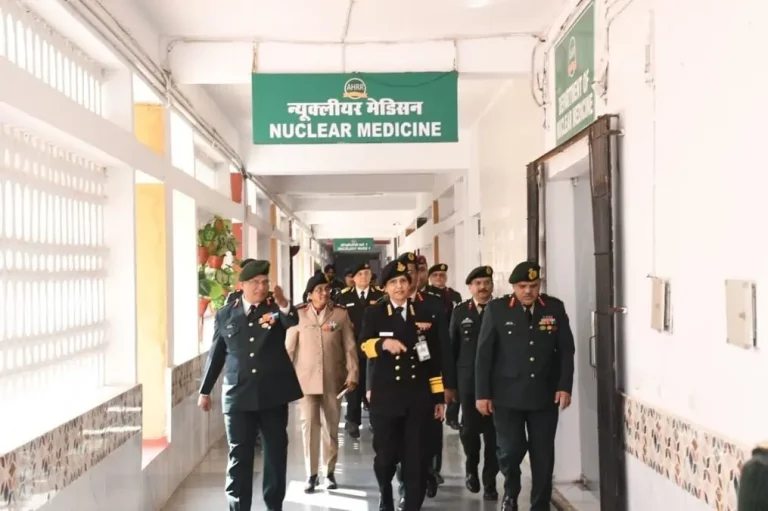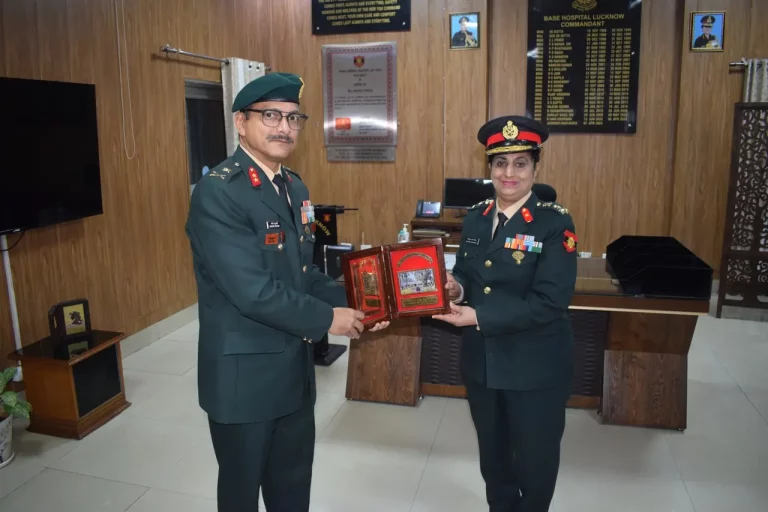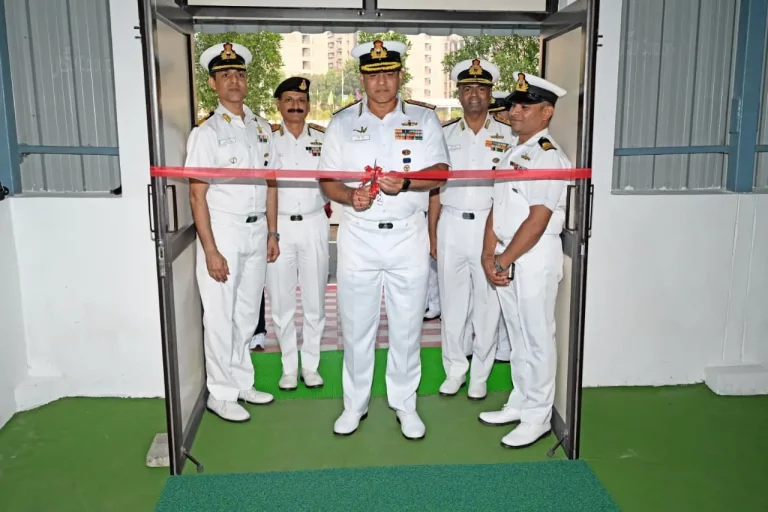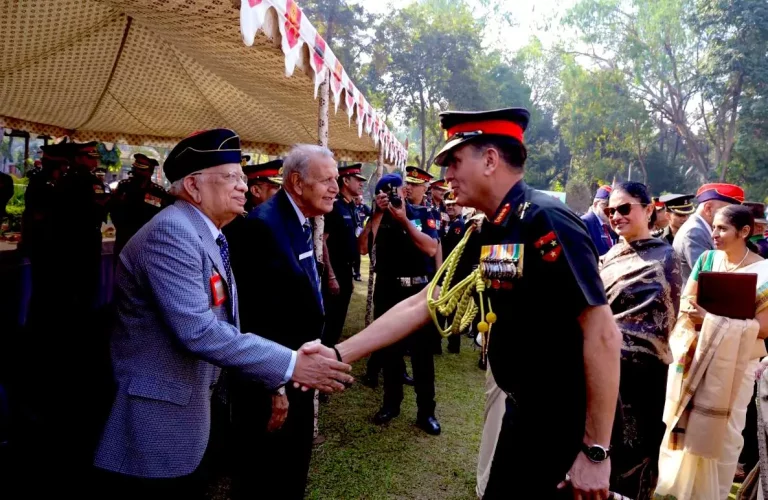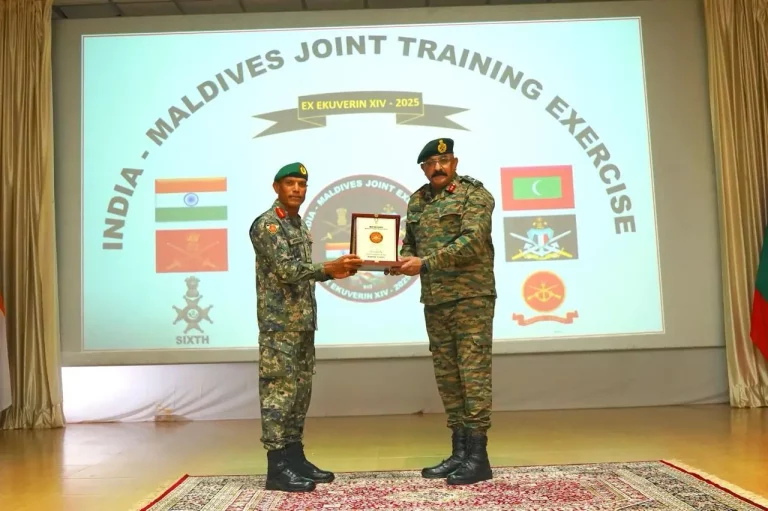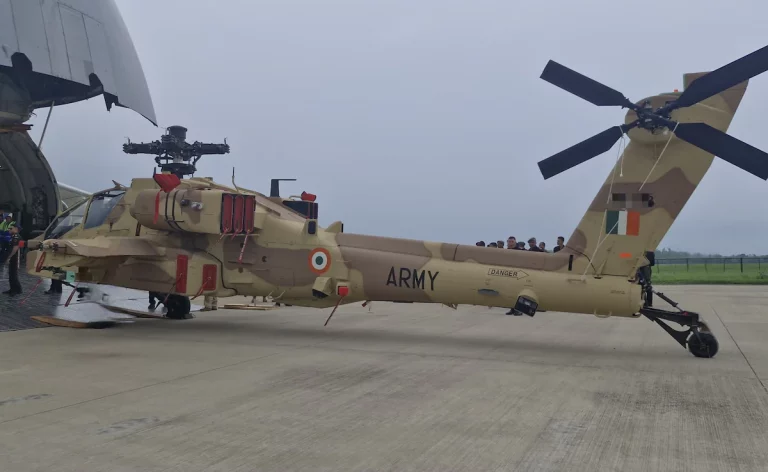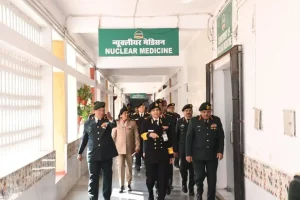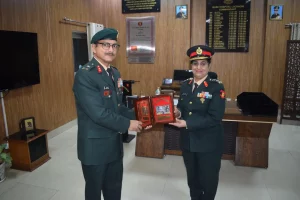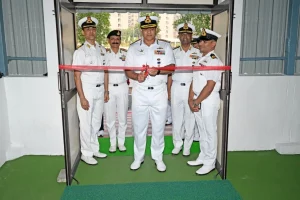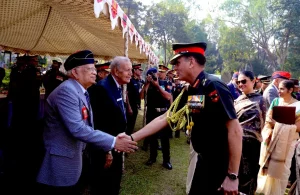A significant gathering focused on flood disaster management took place at Headquarters Central Command in Lucknow today. The National Military-Civil Symposium brought together a wide range of stakeholders, including representatives from the armed forces, state governments, and key technical agencies. The symposium’s primary objective was to enhance preparedness and foster collaboration in addressing the persistent flood challenges faced by India’s most vulnerable regions.
Participants included senior officials from several states such as Himachal Pradesh, Uttarakhand, Bihar, Madhya Pradesh, and Uttar Pradesh, along with members from the National Disaster Management Authority (NDMA) and various State Disaster Management Authorities (SDMAs). Valuable contributions were made by technical experts from the Indian Meteorological Department (IMD), Central Water Commission (CWC), and the National Remote Sensing Centre (NRSC), focusing on the development and implementation of early warning systems and data-driven strategies for mitigating flood impacts.
Lt Gen Anindya Sengupta, General Officer Commanding-in-Chief of Surya Command, delivered the keynote address, emphasizing the need for a coordinated approach to disaster management. He stated, “Our goal is to reduce disaster risk through collaborative efforts and innovative solutions. Civil-military coordination is essential for swift and resilient flood responses.”
The symposium also featured an equipment display showcasing advancements in flood response technologies. These innovations included real-time monitoring tools, inflatable rescue boats, and updated communication systems, all designed to enhance the efficiency of rescue and relief operations. Participants took the opportunity to share successful strategies and lessons learned from previous flood relief efforts, promoting cross-state sharing of knowledge and best practices in the realm of disaster preparedness.
This symposium marks a progressive step toward institutionalizing civil-military cooperation in disaster management. It aims to establish a more robust and technology-integrated framework for responding to floods, reflecting India’s shifting priorities in disaster management. The emphasis on inter-agency coordination, proactive planning, and fostering community resilience signifies a commitment to improving responses to natural disasters in the future.
